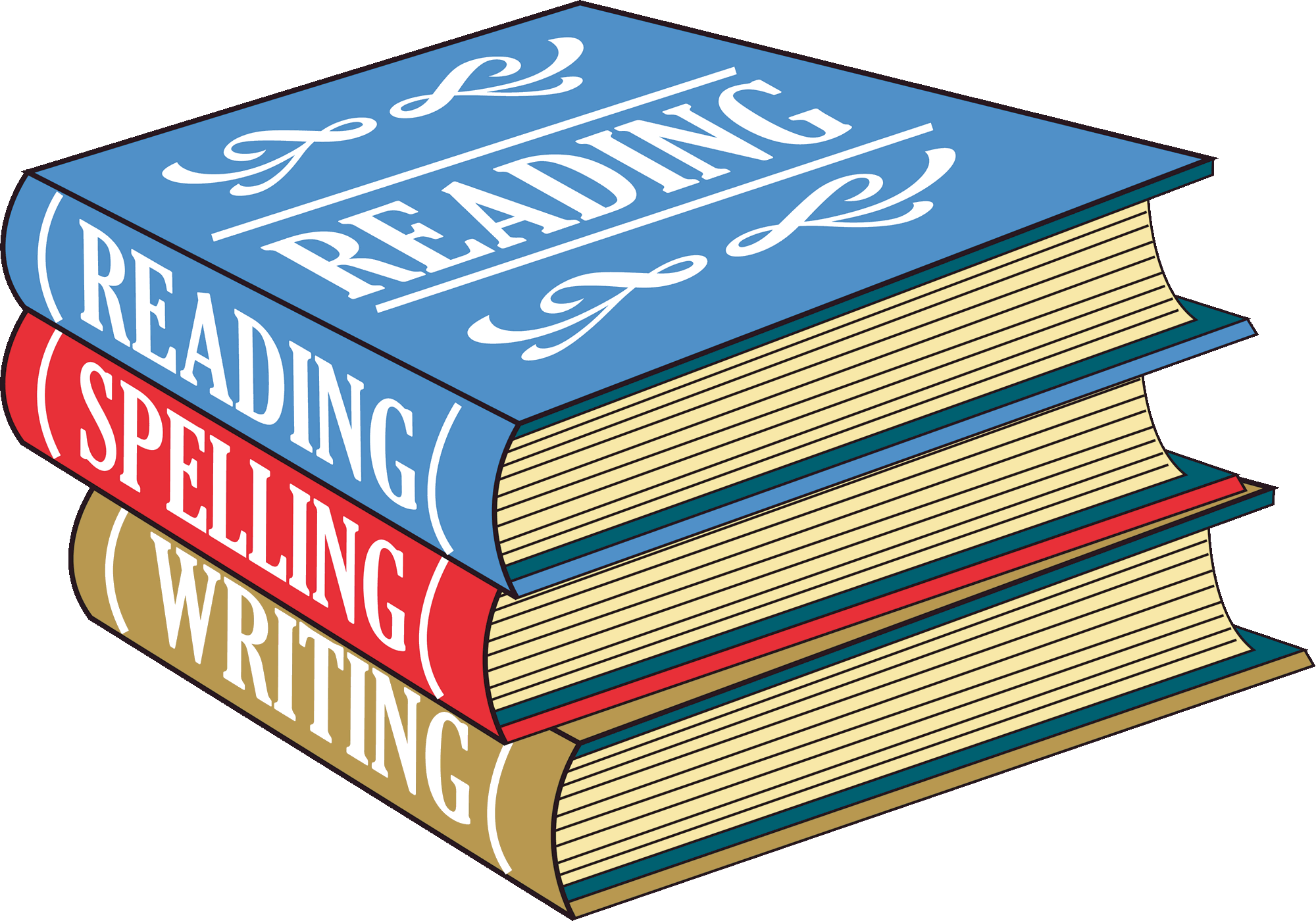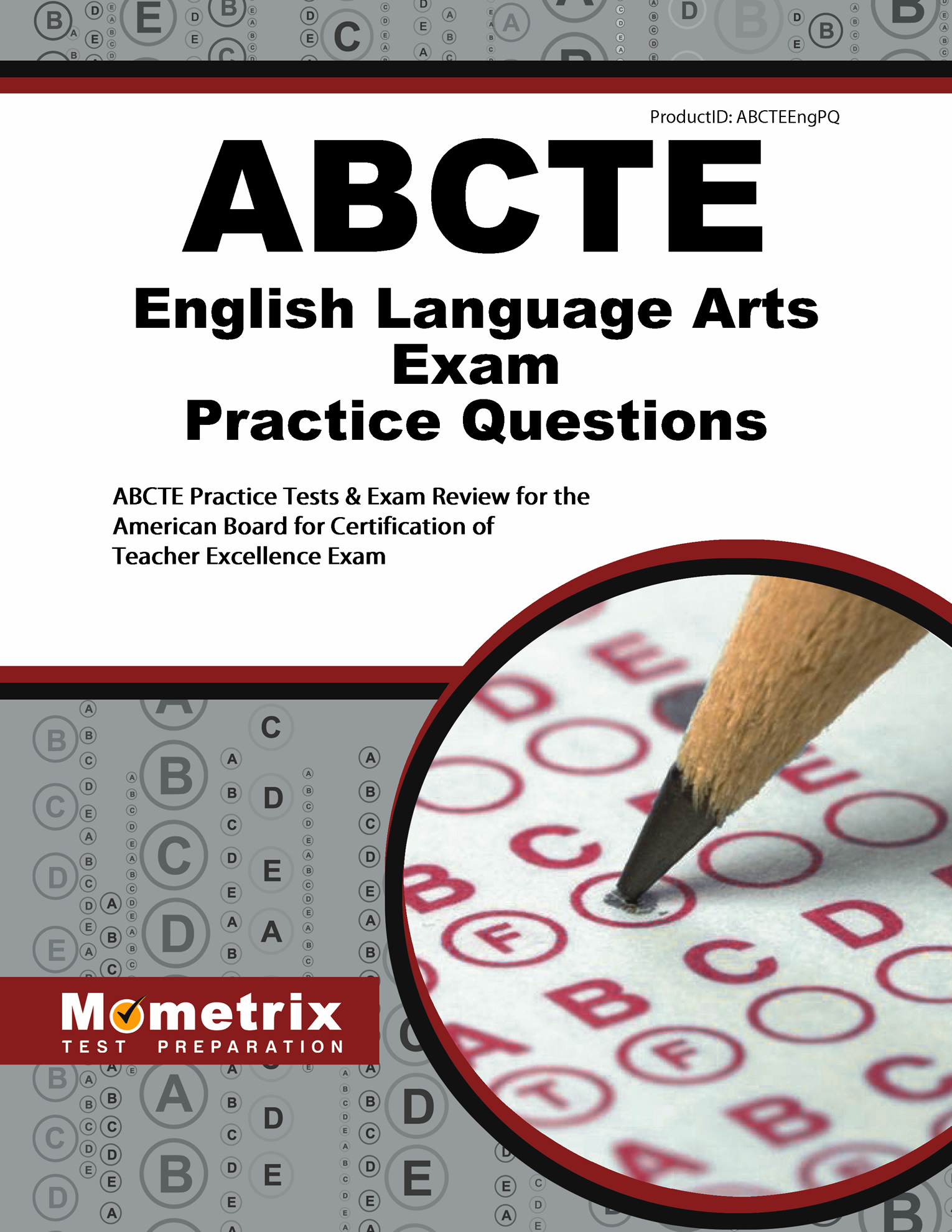- Language arts (also known as English language arts or ELA) is the study and improvement of the arts of language. Traditionally, the primary divisions in language arts are literature and language, where language in this case refers to both linguistics, and specific languages.
- The New York State Next Generation English Language Arts Learning Standards (Revised 2017) were developed through numerous phases of public comment as well as virtual and face-to-face meetings with committees consisting of NYS educators, teachers of English Language Learners/Multilingual Learners and Students with Disabilities, parents, curriculum specialists, school administrators, college professors, and experts in cognitive research.
The standards establish guidelines for English language arts (ELA) as well as for literacy in history/social studies, science, and technical subjects. Because students must learn to read, write, speak, listen, and use language effectively in a variety of content areas, the standards promote the literacy skills and concepts required for college and career readiness in multiple disciplines. English Language Arts can refer to a variety of English language forms and expressions, including the study and practice of writing, reading, and speaking in English. Some of these more.
In elementary school, language arts classes focus on basic reading, writing and linguistic / communication skills. Periods of silent sustained reading, cursive writing, syntax, thematic writing and vocabulary are all major focal points of elementary lessons. Through these exercises, children are expected to develop reading and writing skills at an early age.

In middle school, the English curriculum evolves and expands to include more complicated reading comprehension, such as fiction, poetry and essays. In addition, grammar and semantics become a focal point of lessons, and students begin to foster writing skills that encompass poetry, expository writing and creative writing. Students in middle school are expected to expand vocabularies and develop a mature grasp of the five categories of language arts.

High school students take mandatory English classes in which they are expected to develop analytical skills. Classes generally revolve around reading novels, essays and other forms of literature, and require students to analyze, interpret and dissect written material in order to compare, contrast and discuss elements, like theme, characters and plot. Proficient writing skills are necessary at this point as these discussions of literature typically manifest in the form of an essay or research paper. High school English is a comprehensive study, combining the five skills of language arts in order to understand literature and its value.
English is also a crucial component of college preparation, getting students ready for the extensive research and analytical skills they will be expected to utilize throughout their college careers.
Reading
Whereas language arts classes in elementary school introduce students to grammar and composition, reading classes aid students in developing their comprehension and and analytical skills. Reading classes also instruct students in vocabulary and spelling, and help them build their skills through instruction, practice and testing. The degree of reading skill increases with each grade level and prepares students for middle school and high school English, where they will apply their basic reading skills to form more complex and analytical comprehension of literature.
English and language arts are two of the most basic and widely taught subjects in United States schools. The American National Council of Teachers of English separates English and language arts into five basic categories: reading, writing, speaking, listening and viewing.
English Language Arts
Introduction
In 2015, New York State (NYS) began a process of review and revision of its current English Language Arts (ELA) Learning Standards adopted in January 2011. The New York State Next Generation English Language Arts Learning Standards (Revised 2017) were developed through numerous phases of public comment as well as virtual and face-to-face meetings with committees consisting of NYS educators, teachers of English Language Learners/Multilingual Learners and Students with Disabilities, parents, curriculum specialists, school administrators, college professors, and experts in cognitive research. These revised standards reflect the collaborative efforts and expertise among all constituents involved.
English Language Arts In Spanish
The New York State Next Generation English Language Arts Learning Standards (Revised 2017) consist of revisions, additions, deletions, vertical movement, and clarifications of the current English Language Arts Standards. They are defined as the knowledge, skills, and understanding that individuals can and do habitually demonstrate over time when exposed to high-quality instructional environments and learning experiences.
English Language Arts Standards Ohio
To compare the changes between the 2011 New York State P-12 Common Core Learning Standards and the 2017 Next Generation Learning Standards view the ELA Learning Standards Crosswalks.
Preface and Introductory Documents:
Revised Learning Standards Documents:
The new revised learning standards for English Language Arts are available at the links below:
At a Glance Standards Documents:
English Language Arts Clipart
The Next Generation ELA Standards at a Glance provide the progression of standards across grade levels (PK-2, 3-5, 6-8, 9-12). The New York State Education Department created these documents to support curriculum development and instructional design, as well as to increase stakeholders’ knowledge of the NYS Next Generation Learning Standards. Educators and families can efficiently view the standards that precede and follow a particular grade level. The grade-level introductions are easily accessible via the links at the top of the at a glance pages. Please note that each grade-level introduction includes the range of reading experiences and text complexity expectations for that particular grade. Users are strongly encouraged to familiarize themselves with these documents prior to reading the Next Generation ELA Standards at a Glance.
